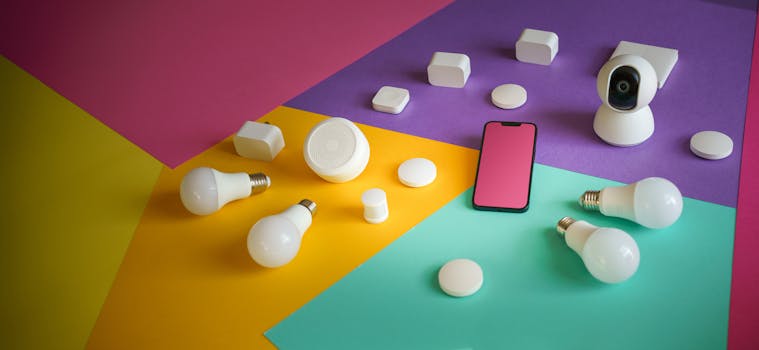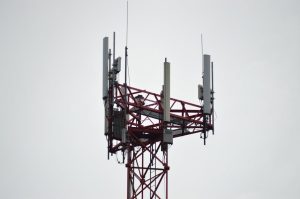Smart Connectivity: The Role of IoT in Modern Communication

Smart Connectivity: The Role of IoT in Modern Communication
Smart Connectivity, the Internet of Things (IoT) is playing a vital role in modern communication, transforming the way we connect and interact with each other and the world around us. The IoT refers to the network of physical devices, vehicles, home appliances, and other items that are embedded with sensors, software, and connectivity, allowing them to collect and exchange data. This technology is enabling new forms of communication, improving efficiency, and transforming industries.
How IoT is Revolutionizing Communication
The IoT is revolutionizing communication by enabling devices to communicate with each other and with humans in real-time. This has led to the development of smart homes, cities, and industries, where devices can be controlled and monitored remotely. For example, smart home devices such as thermostats, lights, and security systems can be controlled using a smartphone app, making it easier to manage and secure our homes. The IoT is also enabling the development of smart cities, where traffic management, energy consumption, and waste management can be optimized using data analytics and real-time monitoring.
The Benefits of Smart Connectivity
The benefits of smart connectivity are numerous. It is improving efficiency, reducing costs, and enhancing customer experience. For instance, in the healthcare industry, IoT devices such as wearable sensors and mobile apps are being used to monitor patients remotely, reducing the need for hospital visits and improving health outcomes. In the manufacturing industry, IoT sensors are being used to monitor equipment and predict maintenance needs, reducing downtime and increasing productivity. Additionally, smart connectivity is enabling new forms of communication, such as voice assistants and chatbots, which are being used to provide customer support and improve customer engagement.
Challenges and Limitations
While the benefits of smart connectivity are significant, there are also challenges and limitations to be addressed. One of the main challenges is security, as the increasing number of connected devices is creating new vulnerabilities and risks. There is also a need for standardization and interoperability, as different devices and systems may not be compatible with each other. Furthermore, the collection and analysis of data from IoT devices raises concerns about privacy and data protection. Finally, the deployment of IoT devices and systems requires significant investment in infrastructure and technology, which can be a barrier to adoption for some organizations.
Conclusion
In conclusion, smart connectivity, enabled by the IoT, is revolutionizing modern communication, transforming industries, and improving efficiency. While there are challenges and limitations to be addressed, the benefits of smart connectivity are significant, and it is likely to play an increasingly important role in our personal and professional lives. As the technology continues to evolve, we can expect to see new and innovative applications of smart connectivity, transforming the way we live, work, and interact with each other and the world around us.
